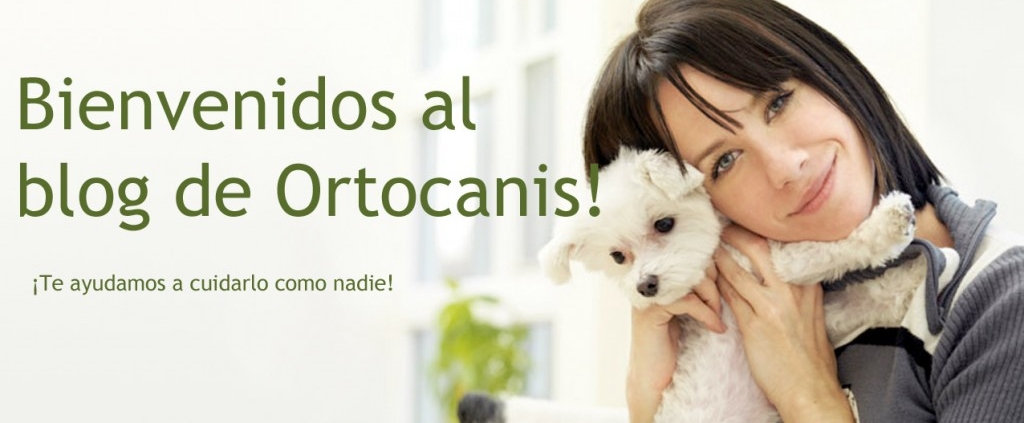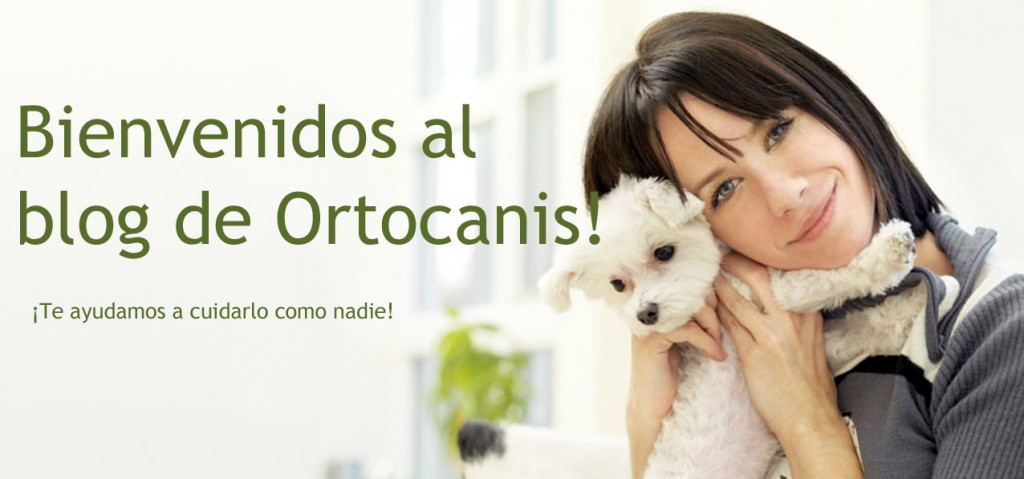Canicross is a sports modality with the participation of a dog and a person that derives from mushing (dog sled shooting). The difference is that in canicross the snow is not necessary, it is not practiced with a sled but simply the runner is tied to his dog by means of a belt and a rope that is tied in turn to the dog’s harness. One of the main advantages of canicross is that it can be practiced at all levels, it can be done at an amateur level, simply by sharing your time playing sports with your dog, signing up for low-level tests or entering the leagues and competing more “in I laughed”.
One of the main characteristics of canicross is that both the races and the training sessions can be practiced in very beautiful places, surrounded by nature and far from the madding crowd of cities. In any case, there are people who practice canicross in the city or in coastal cities by the sea.
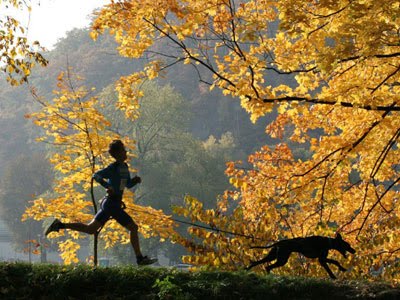
In any case, canicross is a tremendously cheap sport, we need sports shoes, a harness and a rope. The waste of material is minimal and both the rope and the belt for the runner as well as the harness for the dog can last us several seasons.
The regulations are very simple, we can summarize them in that dogs that are not dangerous must participate, and we are referring to the specimen, not to the breed, since all without exception are admitted, which must be in good health, have passed the rigorous veterinary checks, up-to-date vaccination and implanted microchip.
If there is a conflicting dog, for example with other dogs, but not manifestly dangerous, it may take the start last or with a muzzle.
The runner must always go behind the dog, at the most to the side, if the runner overtakes the dog and pulls him, he can be disqualified, the dog can only be pulled when changes of direction or in cases of distraction of the animal. Physical or verbal aggression against one’s own or another’s dogs is also not allowed.
For more information on regulations you can consult the website of the Royal Spanish Federation of Winter Sports .
There are races throughout Spain. In Catalonia, one of the places with the most tradition, they are already in the fifth edition of the Catalan canicross league that takes place in its versions on land or snow (where runners compete on snow). This league is called by four federations:
The Catalan Federation of Winter Sports,
The Catalan Federation of Agility,
The Catalan Federation of Athletics,
The Federation of Excursionist Entities of Catalonia.
You must be a member of one of these federations to participate in the league.
In the 2010-2011 season the first Spanish Canicross League began http://liganacionalcanicross.viviti.com/
You can also find information in the Canicross Section of the Spanish Association of Mushers (AEM)
Canicross is an eminently winter sport, especially in our country since dogs at temperatures above 15 degrees already begin to suffer more than they should. In the Catalan league they are considering suspending a test or shortening it after 20º, they are not suspended, for example, in case of rain.
In short, it is about running with the dog doing a physical activity in good conditions for the dog in the middle of nature, all a joy.
Orthocanis team.


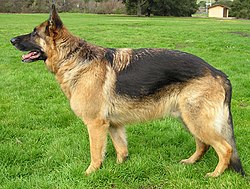
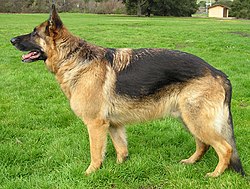

 can help us a lot to improve muscle mass that can make us better withstand poor joint congruence, physiotherapy and massages allow the dog to always have a correct muscular state, cartilage protectors delay the onset of osteoarthritis, anti-inflammatories prevent or reduce pain, we can protect the dog from the cold with
can help us a lot to improve muscle mass that can make us better withstand poor joint congruence, physiotherapy and massages allow the dog to always have a correct muscular state, cartilage protectors delay the onset of osteoarthritis, anti-inflammatories prevent or reduce pain, we can protect the dog from the cold with 